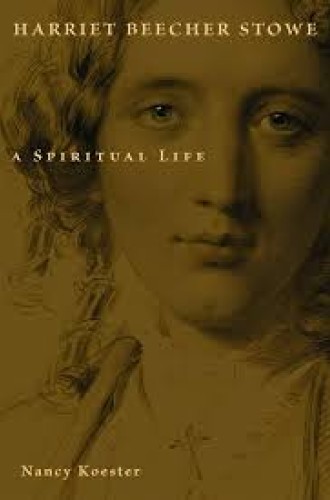Harriet Beecher Stowe, by Nancy Koester
"I am sick of the smell of sour milk, and sour meat, and sour everything, and then the clothes will not dry, and no wet thing does, and everything smells moldy; and altogether I feel as if I never wanted to eat again.” So complained Harriet Beecher Stowe to her husband, Calvin, nine years and five children into their marriage. This is not the Stowe with which most readers are familiar—the “little woman who made this big war,” as Abraham Lincoln reportedly said about the famous author of Uncle Tom’s Cabin.
The Stowe of Nancy Koester’s new biography is a deeply spiritual but overburdened woman whose 85 years, spanning the bulk of the 19th century, saw her constantly juggling her roles as daughter, sister, wife, mother, and author. This is a Stowe brought to life in relationship with others and with her God. As Koester writes, “What makes us truly human in any race or time or place, [Stowe] thought, is our capacity to be in relationship: first with God, and then with other people.” Just as Stowe struggled to reconcile the pressures of domestic life with her calling as an author, so she also struggled to reconcile the judgmental God of her ancestors with the loving God for whom she longed.
Koester, a historian of Christianity in America who teaches at Augsburg College and is an ordained Lutheran minister, develops the themes of relationship and balance over the ups and downs of Stowe’s life. As the sixth child of Lyman and Roxana Beecher, Harriet was born into a loving family orbiting around a dominant but devoted paterfamilias. Koester metaphorically describes how Lyman dedicated himself to renovating the cold and stark theological house of New England Calvinism for 19th-century Americans who wanted a more welcoming abode. Lyman softened the predestination of his Puritan forebears and opened the doors of the old house to any who would willingly come in and help with the renovations. But Lyman remained committed to the idea that anyone who did not come in of his or her own accord—anyone who did not have a conversion experience—could not be welcomed or saved.






